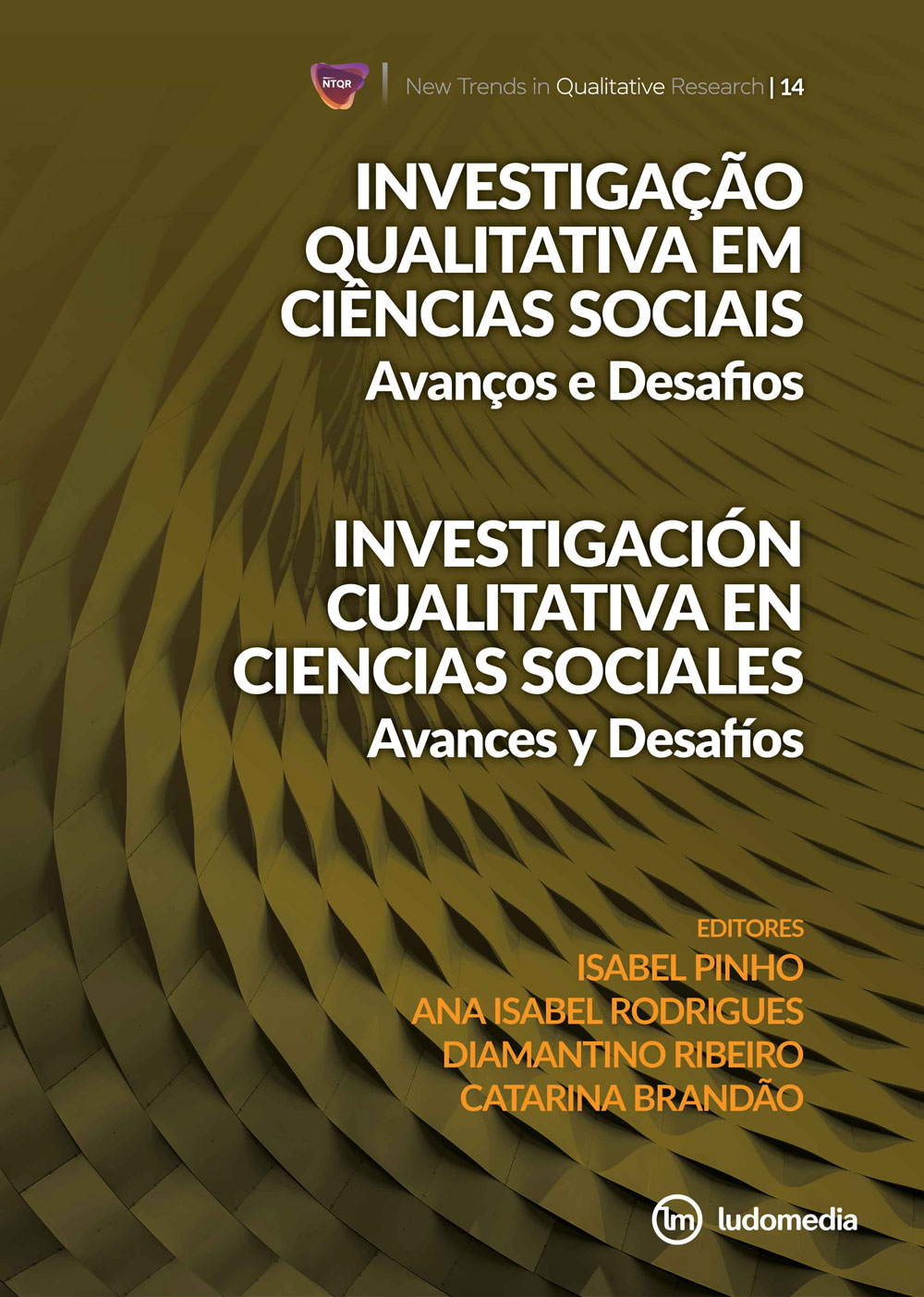Hybrid Ethnography for studying Breastfeeding: A proposal
##plugins.themes.bootstrap3.article.main##
Abstract
The traditional idea of breastfeeding explains it as a natural practice of feeding the baby through the breast, analyzing breastfeeding practices turns it into a multiple phenomenon: care assemblies, a biosocial practice, a moral imperative, mental work, care work, a political problem for feminism, among others. It is also possible to understand the lactating woman or breast milk as actors-network. This article presents some methodological reflections on research practices and some partial results of a doctoral research; Goals to expose some considerations related to the ethnographic research of breastfeeding, when it is developed amid different perspectives (hybridization) and present some research results of this ethnographic hybridization; Methods research with an ethnographic approach, which took elements from the ethnographies of practices, institutional ethnography and multi-sited ethnography, participant observation and face-to-face and remote interviews were carried out, the data was analyzed using narrative analysis techniques with NVivo software; Results Three ethnographic perspectives are presented that intermingle for the analysis of breastfeeding as a transdisciplinary research problem, in addition, some methodological challenges that arose during the ethnographic fieldwork are discussed, accompanied by theoretical reflections and the way in which they were solved. Conclusions. There are multiple ways of understanding breastfeeding that are part of complex sociotechnical networks that are co-produced in everyday practices; understanding breastfeeding as a phenomenon that requires a transdisciplinary approach, it is possible and productive to study it with a hybrid ethnographic approach.
##plugins.themes.bootstrap3.article.details##
How to Cite

This work is licensed under a Creative Commons Attribution-NonCommercial-NoDerivatives 4.0 International License.
openAccess


 https://orcid.org/0000-0002-3613-4110
https://orcid.org/0000-0002-3613-4110